Case Study: Visa Cancellation under Australian Migration Act 1958
VerifiedAdded on 2023/06/10
|8
|1153
|221
Case Study
AI Summary
This case study examines several scenarios related to Narelle Patel's visa issues under Australian Immigration Law, specifically focusing on the Migration Act 1958. The first scenario addresses the cancellation of Patel's Visitor Visa (Class FA) subclass 600 due to a breach of condition 8201, which prohibits employment in Australia. It identifies Section 116 of the Migration Act as the basis for visa cancellation and outlines the appeal process. The second scenario determines that Patel would need to apply for a Bridging E class visa to remain lawfully in Australia while applying for a Partner Visa (Class UK/BS). This visa would be subject to conditions 8101 and 8564, restricting employment and criminal activities. The third scenario clarifies that Patel does not need to apply for another bridging visa as she already holds a Bridging E visa, allowing her to apply for a Partner visa (subclass 820). The final scenario confirms that Patel would continue to hold a Bridging E class visa during the processing of these transactions. The study references relevant sections of the Migration Act 1958, Migration Regulations 1994, and case law, such as Waensila v Minister for Immigration and Border Protection, to support its analysis.
1 out of 8
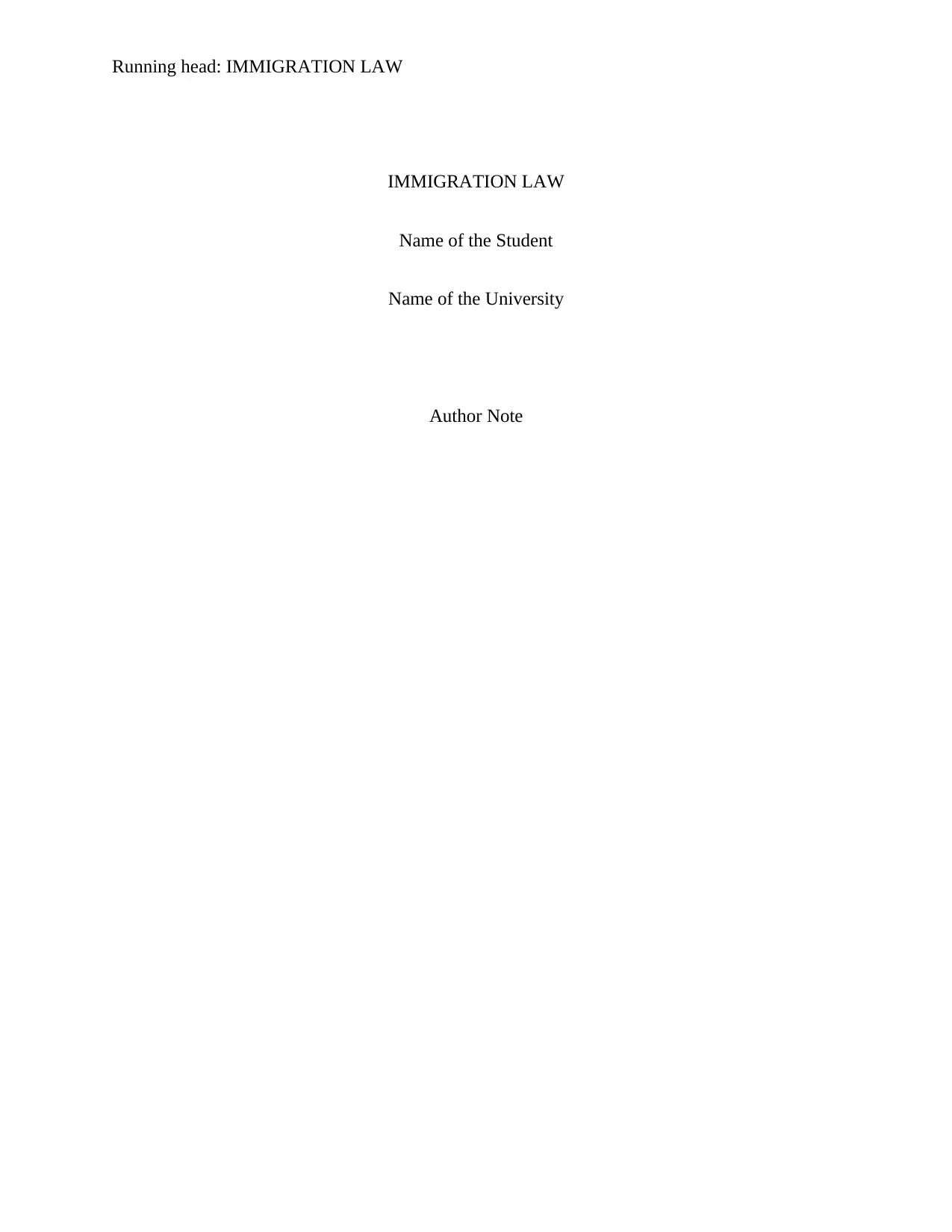
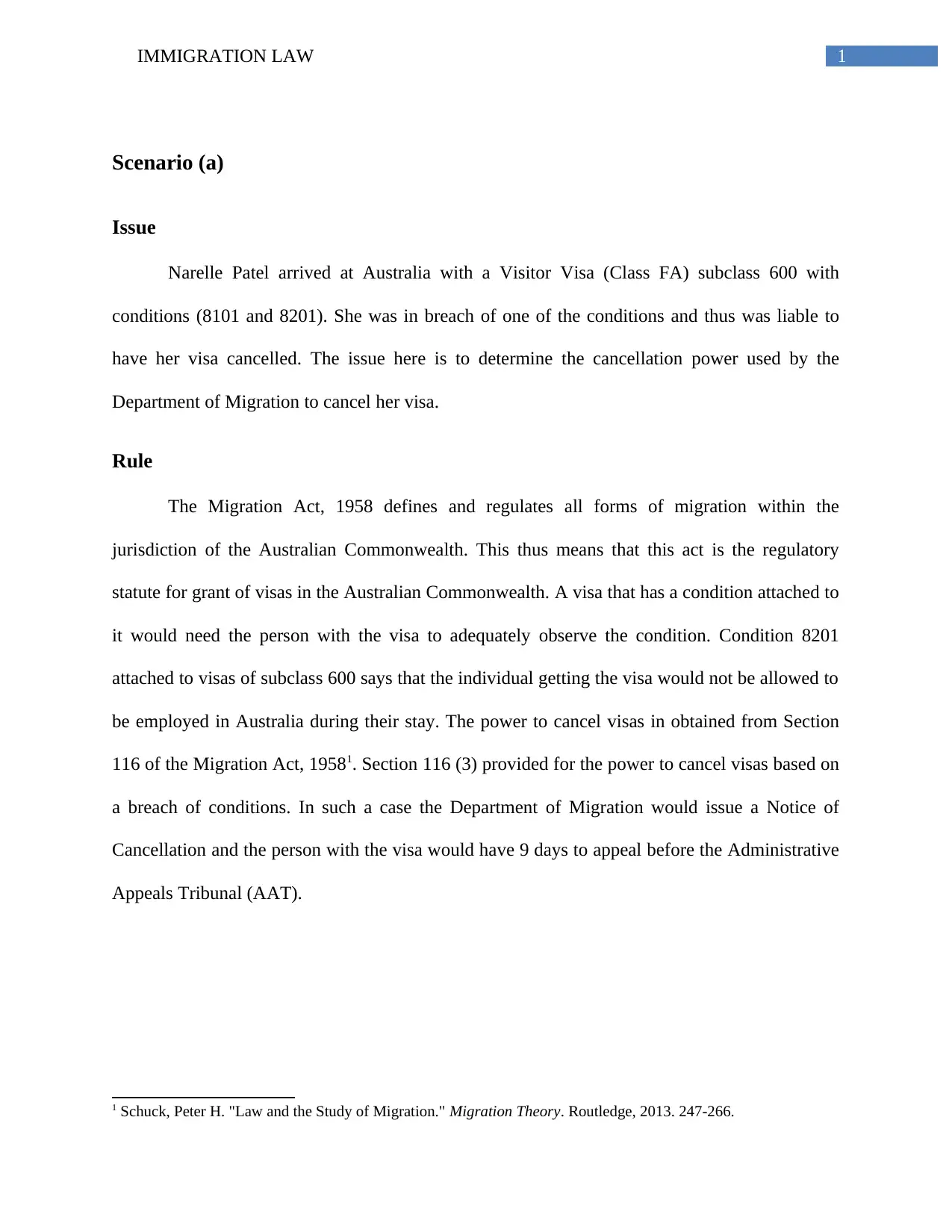
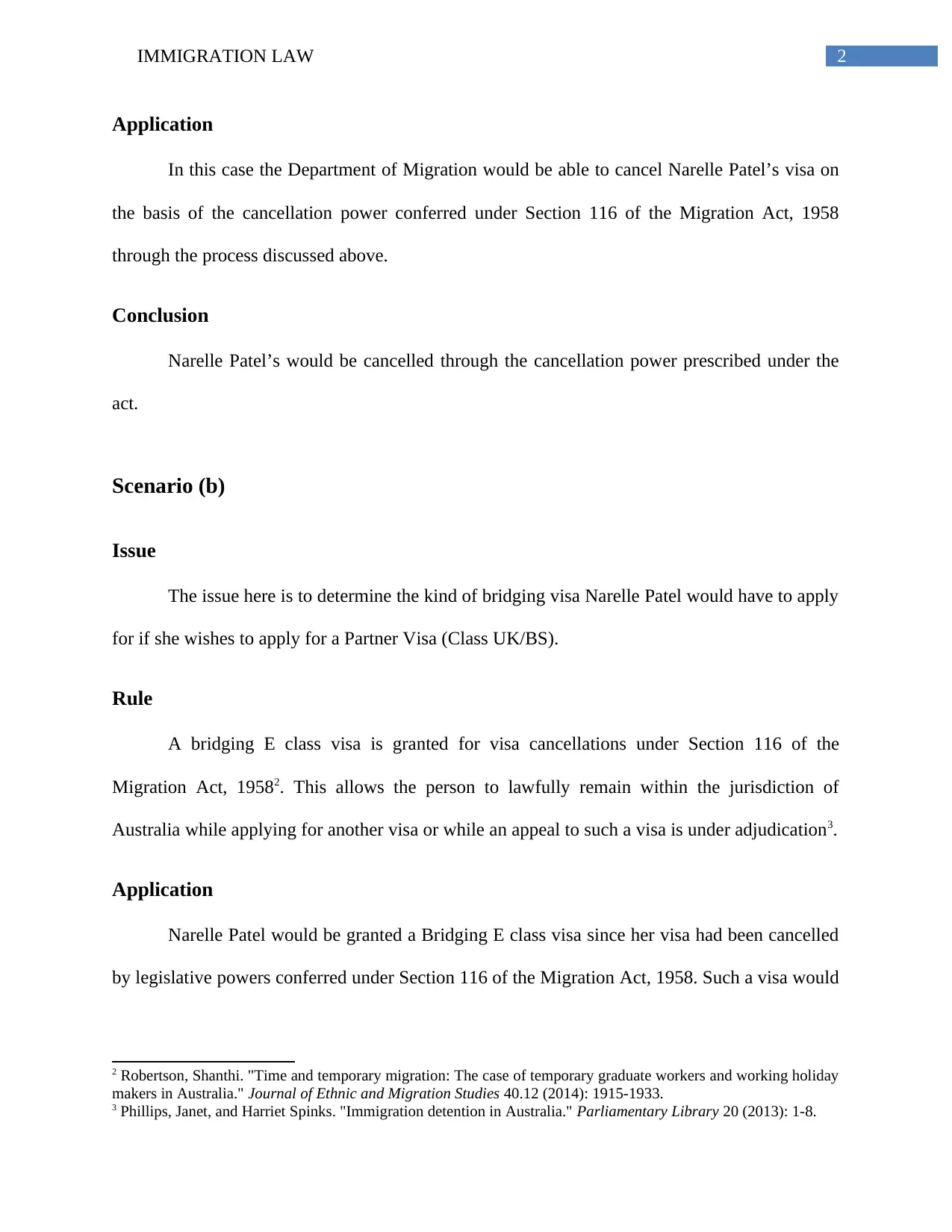

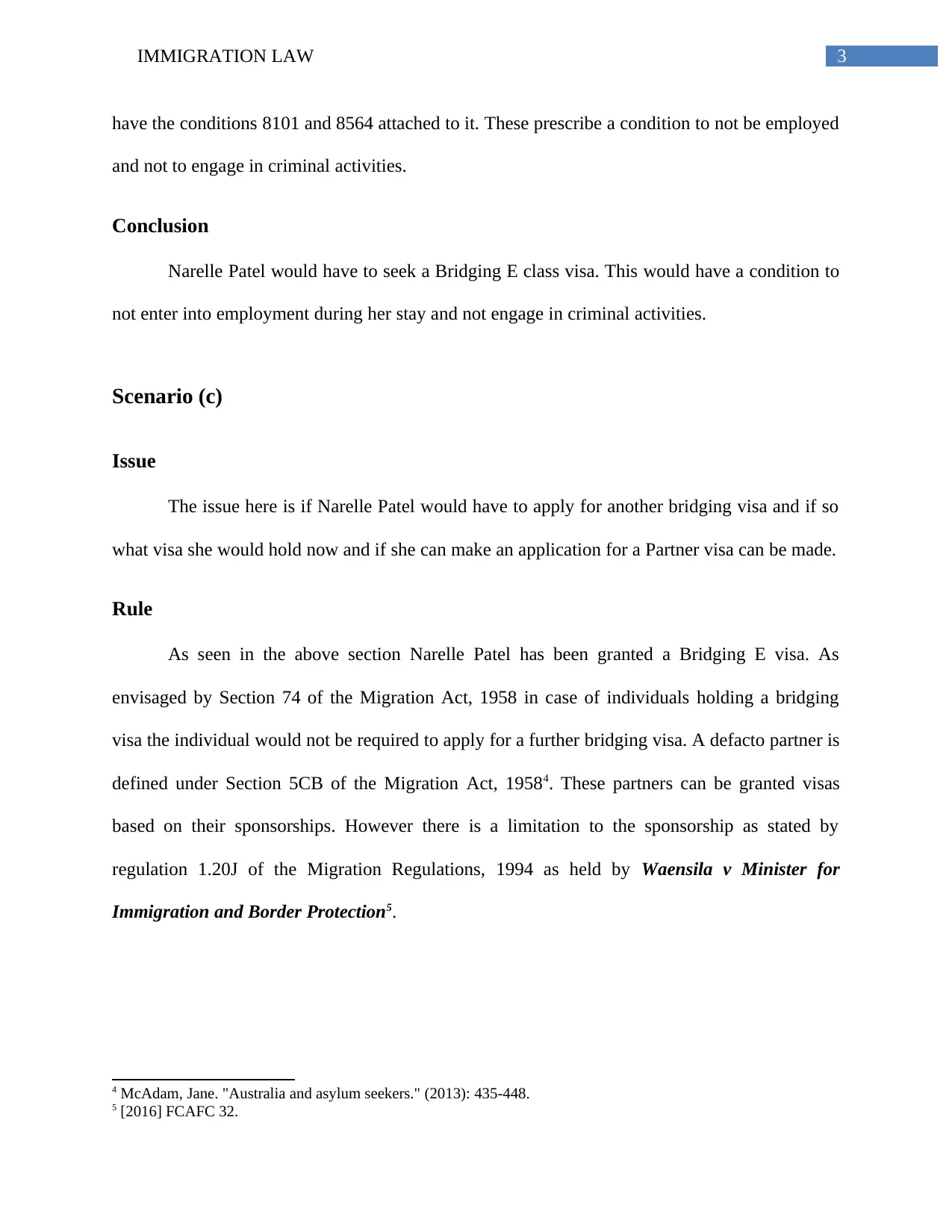
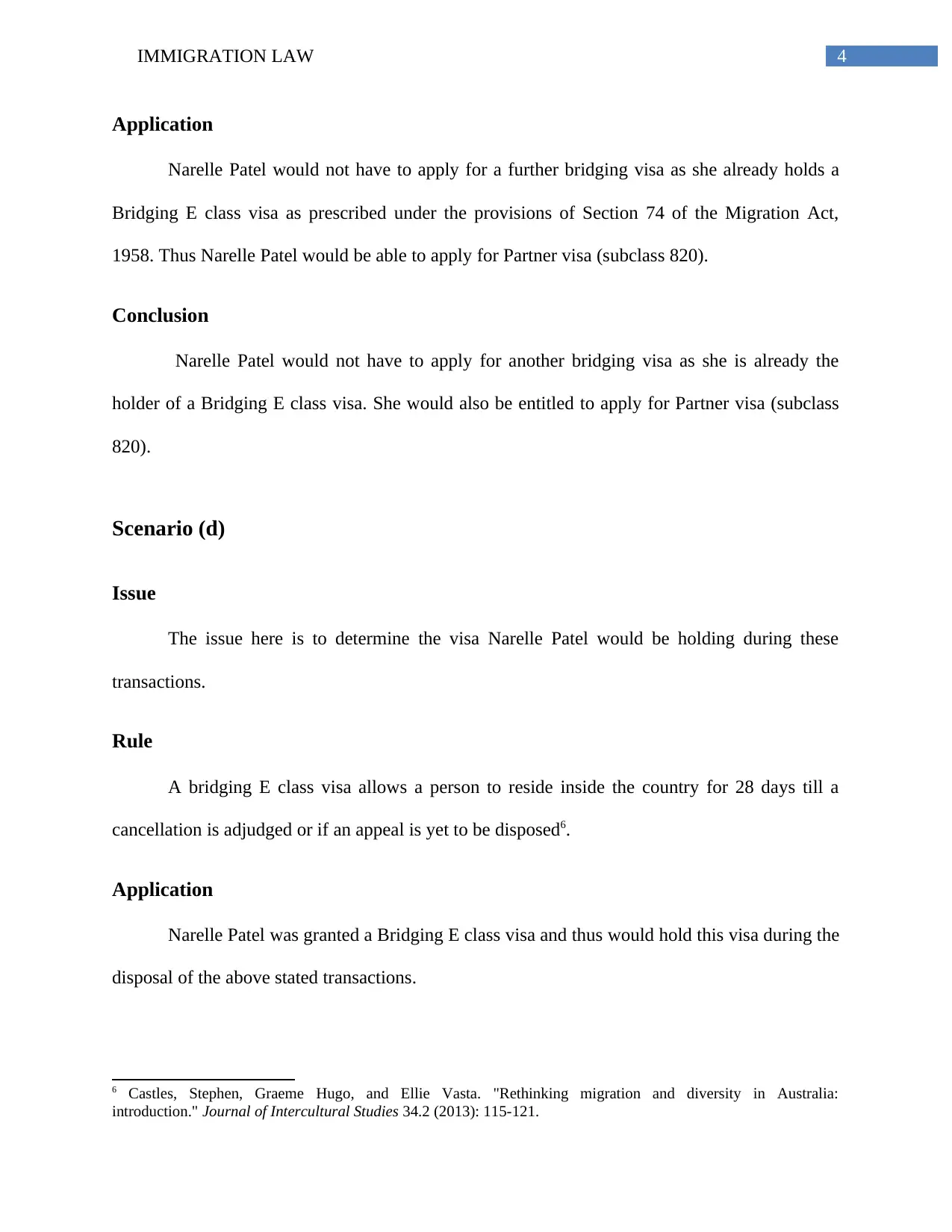

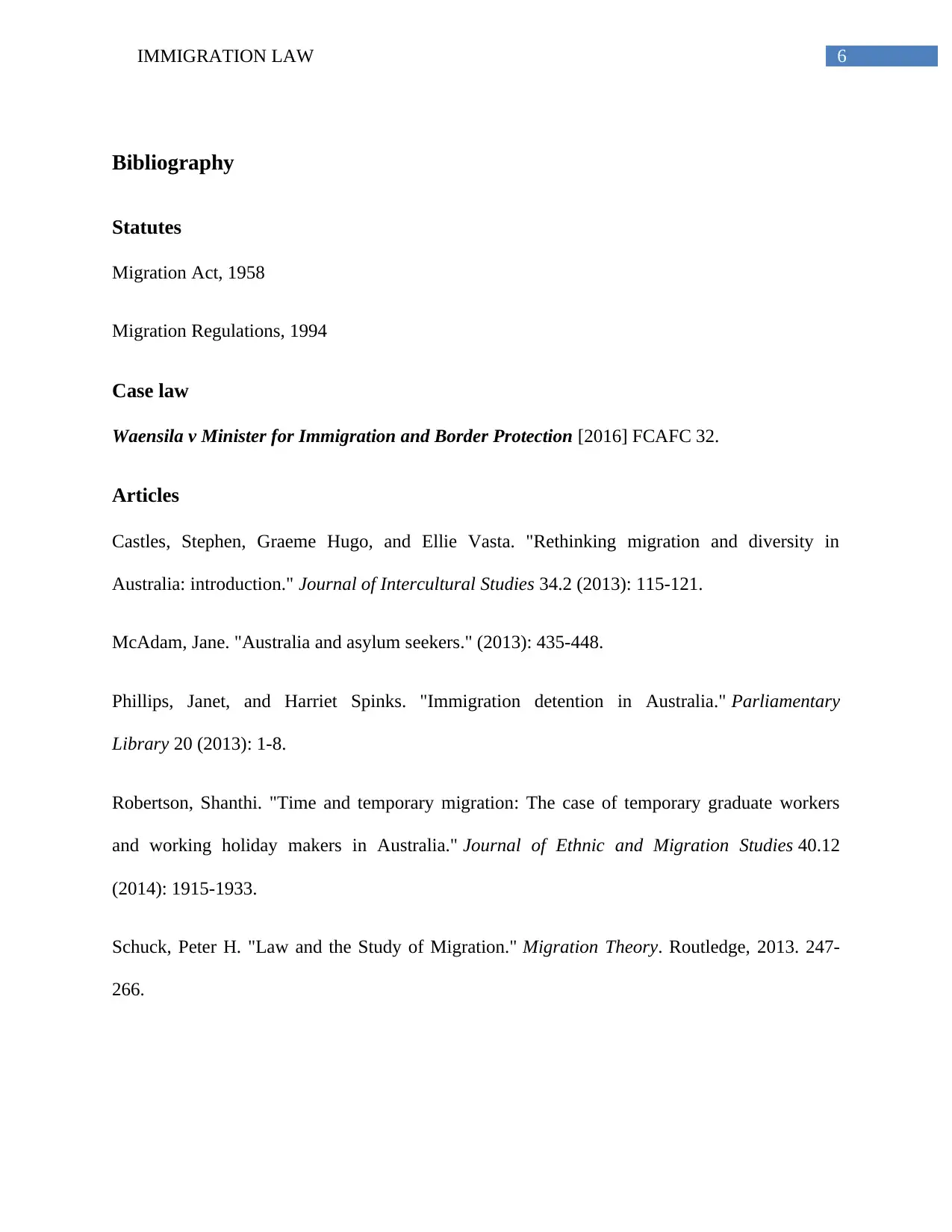






![[object Object]](/_next/static/media/star-bottom.7253800d.svg)